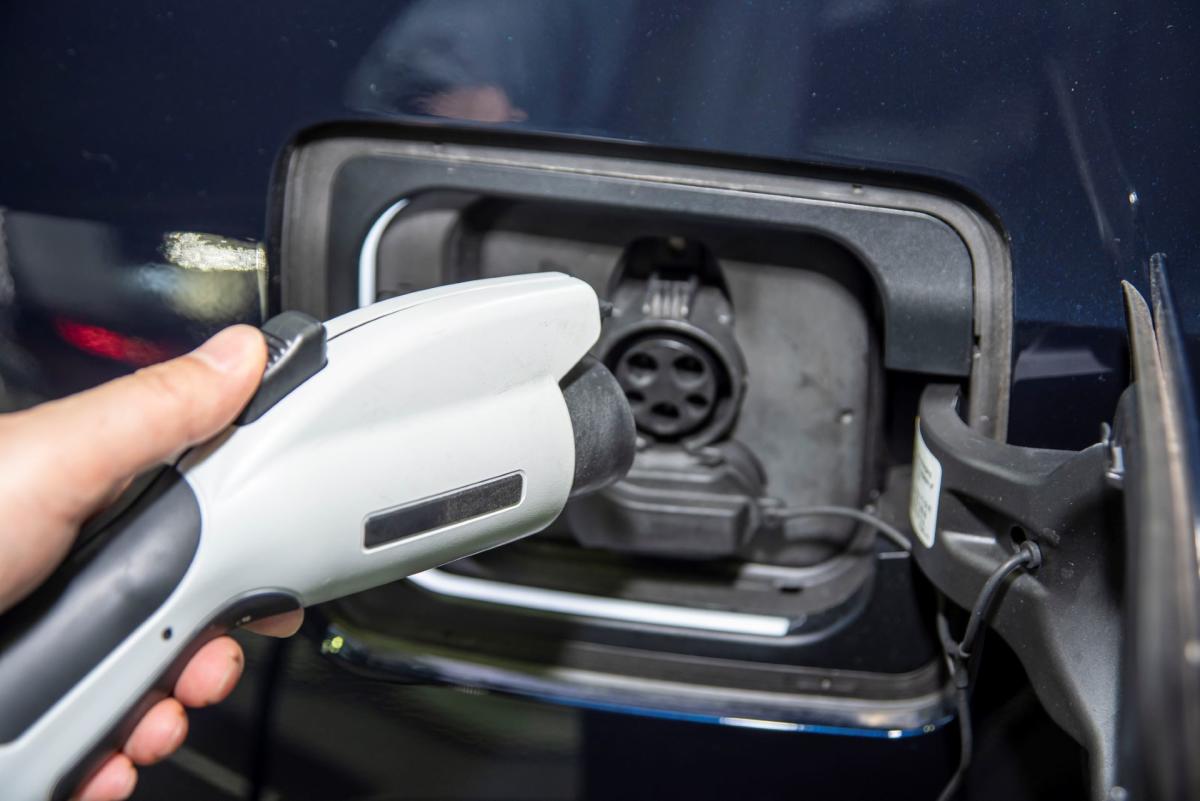Main topic: Our Next Energy's potential solutions to the safety and range limitations of current battery technologies for electric vehicles (EVs).
Key points:
1. Solution #1: Cell-to-Pack Efficiency - Our Next Energy uses prismatic cells that come in their own rigid casing, improving a battery pack's mass and volume efficiency. Their lithium-iron-phosphate prismatic Aries II pack comes close to the mass and range of leading battery packs.
2. Solution #2: Dual-Chemistry Range-Extender Battery - Our Next Energy's Gemini battery combines LFP cells with nickel-manganese anode-free cells. The LFP cells handle everyday driving, while the anode-free cells provide long-haul range. The Gemini pack uses less cobalt, nickel, and graphite compared to NMC packs.
3. Timeline - Our Next Energy plans to enter the automotive market with their Aries II LFP packs in 2025 and their Gemini packs in 2026, potentially partnering with BMW. They are initially focusing on the smaller commercial truck/bus and grid energy-storage markets.
The article discusses the best electric vehicles under $60,000.
Tesla has released data showing that the batteries used in its Model S and Model X vehicles only degrade by 12% after 200,000 miles, addressing concerns about battery life in electric vehicles.
Li-Cycle, a battery recycling company, has developed a process that can strip down and fully recycle up to 95% of the materials in an electric vehicle (EV) battery, including lithium, nickel, and cobalt, reducing the environmental impact of mining these materials for new batteries.
Chinese electric vehicle (EV) makers are making rapid advances and gaining a competitive edge, with their cheaper EV models infiltrating global markets, including Europe, Australia, and Southeast Asia, leading to concerns that Chinese brands might dominate the global EV market in the future, according to industry experts and auto analysts.
Americans' hesitations to buy electric vehicles (EVs) are largely due to concerns around charging, with surveys showing that a lack of charging stations is a significant barrier to purchase, but efforts are being made to expand and improve the U.S. charging landscape through major incentives, partnerships, and the development of a single charging standard like Tesla's NACS plug design.
The market for electric vehicles (EVs) in Japan remains small, causing closures of charging stations and hindering the spread of EVs.
Despite electric vehicle (EV) sales hitting records in the U.S., concerns arise as EVs are selling slower than expected due to excess inventory and weaker demand in regions like Michigan and Ohio, which could be attributed to cold weather impacting EV range, requiring smarter marketing and incentives from manufacturers like Ford and GM to drive adoption.
Legacy carmakers like Ford are struggling to catch up with the electric vehicle (EV) revolution led by Tesla and Chinese competitors, as they face a significant technology gap and higher production costs, which hinder their ability to deliver affordable EVs while governments are planning to ban or limit gas and diesel car sales.
Electric Drive Transportation Association President Genevieve Cullen believes that the future of electric vehicles (EVs) is promising, as three factors - technology, policy, and markets - are driving the adoption and expansion of EVs. Despite concerns from autoworker unions about potential job losses, the rise of EVs is unstoppable, with increasing sales and government support.
The states of Washington, Oregon, Hawaii, Nevada, Colorado, New Jersey, Massachusetts, Maryland, Virginia, and California are leading in electric vehicle (EV) sales, with Tesla's Model Y being the bestselling car in California, raising concerns about the nation's aging power grid as EVs gain popularity and the transition to renewable energy sources is accelerated.
BMW is leading the way in electrification among traditional luxury carmakers, with a significant increase in sales of electric vehicles (EVs) and plug-in hybrid electric vehicles (PHEVs) in the first three quarters of 2023. Other German luxury brands, such as Mercedes and Audi, are also experiencing growth in the EV market, but BMW is currently ahead.
Electric vehicle (EV) sales in the United States reached over 300,000 in the third quarter, with Tesla's market share dropping to its lowest on record due to aggressive price cuts by competitors, but the company could regain ground with the launch of its Cybertruck, according to a report by Cox Automotive.
US electric vehicle (EV) sales reached over 313,000 in Q3, a nearly 50% increase from a year ago, with Tesla accounting for 50% of total sales, but its market share is decreasing; meanwhile, the overall EV market share reached 7.9%, driven by higher inventory, more product availability, and downward pricing pressure, according to Kelley Blue Book.
Toyota has partnered with Idemitsu Kosan to mass produce ultra-high-range electric vehicles (EVs) equipped with solid-state batteries, a technology that could enable EVs to travel up to 932 miles on a single charge and charge in just 10 minutes, marking a significant step in Toyota's plans to become the first automaker to offer these advanced batteries commercially.
Battery-electric vehicles accounted for 7.9% of all new cars sold in the U.S. during the third quarter, with over 300,000 EVs sold, reflecting a 49.8% increase from the same period in 2021.
US electric vehicle sales have increased by 50.1% year-on-year as more car buyers opt for electric vehicles, with a total of 313,086 battery EVs purchased between July and September 2023, according to Kelly Blue Book.
